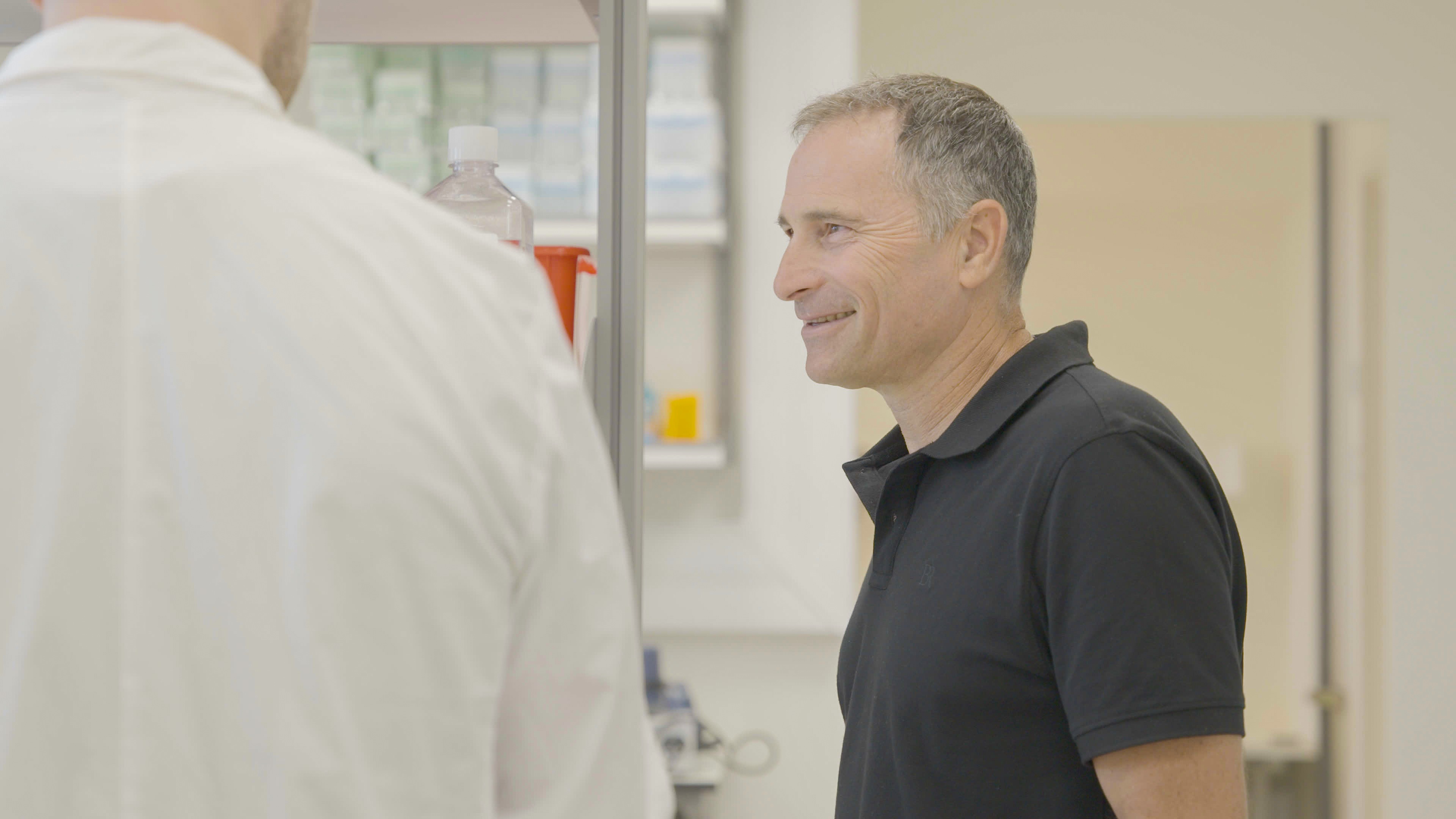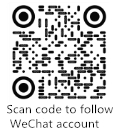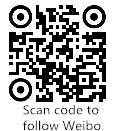Advances in genomic technology in the past decade have begun to re-shape humankind’s knowledge of cancers, enabling researchers to identify new treatments such as gene therapy to successfully treat thalassemia, or finding new ways to reactivate the immune system to eradicate some tumors.
While these are important and encouraging starting points for tackling cancer and other diseases, there are some cancers that are proving particularly difficult to understand. One of these is glioblastoma. This is a type of cancer of the nervous system that often starts as a growth of cells in the brain. It grows quickly, invading and destroying healthy tissue.
Around 200,000 people globally die each year from glioblastoma. The five-year survival rate is only 6.8% and the average length of the survival for glioblastoma patients is estimated at only eight months.
While scientists to date have not been able to reactivate the immune system in glioblastomas, BGI Group’s spatiotemporal technology, Stereo-seq, is helping them to achieve new insights into the development of the disease and how the cells interact with each other over time.
A Dream Brought to Life
 Prof. Ido Amit, Principal Investigator at the Ido Amit Lab.
Prof. Ido Amit, Principal Investigator at the Ido Amit Lab.
One of the scientists at the forefront of glioblastoma research is Prof. Ido Amit, Principal Investigator at the Ido Amit Lab, at one of Israel’s leading research universities and a pioneer in global scientific research.
Prof. Amit’s fascination with multidisciplinary research stems from his childhood: “My father was an engineer, and I grew up with a fascination of the natural world. My dream was always to merge biology, engineering and technology.”
Having completed a Ph.D. in biochemistry, Prof. Amit broadened his knowledge into machine learning solutions and genomic technology. He opened his own lab in 2011 and since then has focused on merging immunology with technology.
Identifying the Best Technologies
 Researchers at the Ido Amit Lab are preparing tests using BGI Group’s Stereo-seq multi-omics technology.
Researchers at the Ido Amit Lab are preparing tests using BGI Group’s Stereo-seq multi-omics technology.
Within the field of immune oncology, Prof. Amit wants to understand why the glioblastoma tumor is blocking the immune system, and notes that, “genomics technologies are playing a fundamental role in our ability to develop the next generation of immunology-based treatment for glioblastoma.”
One of the challenges has been to understand the cell-to-cell communication between the tumor and the immune system. Advances in spatial technologies are changing this and is helping scientists gain this insight. Prof. Amit has been working with BGI Group’s Stereo-seq multi-omics technology, which is able to detect over 25,000 genes simultaneously and how they change and interact with one another over time.
“They say a picture is worth a thousand words,” explains Prof. Amit. “And we found Stereo-seq to be an impactful and accurate spatial technology,” he said. BGI Group’s Stereo-seq technology enables Prof. Amit and his team to understand the cellular and molecular happenings within the tumor which, it is hoped, will lead to the development of new therapies for glioblastoma.
Sharing Ideas and Data are Critical
“The genome revolution happened because people shared data, because people shared ideas and technologies and knowledge,” says Prof. Amit. He commits to this belief as one of the organizing committee members of the SpatioTemporal Omics Consortium (STOC), an international open scientific collaboration consortium focused on using spatially resolved, cellular resolution omics technologies to map and understand life by expanding the borders of knowledge in collaboration with many other thought leaders in the field of genomics.
There are currently more than 388 leading scientists from 36 countries who have joined STOC and are applying Spatio-temporal Omics technology to multiple disciplines including biology, mathematics, chemistry, engineering and computer science.
Prof. Amit notes: “BGI Group technology has extremely high spatial resolution and is backed up by strong customer and technical support.” This two-way collaborative communication benefits the Prof. Amit’s team to address problems as they arise and in identifying new opportunities, while encouraging the BGI team to develop new types of applications for the technology.
Meanwhile the collaboration between scientists within STOC is enabling what Prof. Amit terms “a revolution in spatial biology” as it enables data to be openly shared between scientists, across universities, across hospitals and across biotech, ultimately having positive impact on the discovery, treatment and prevention of diseases.
Breaking New Ground
Prof. Amit is very encouraged by the direction of development: “New knowledge is what drives science and what drives the ability to think about and develop new treatments. We are focused on glioblastoma today because of its extreme challenge, but we will extend this technology to many other questions in immunology.
“Meanwhile, I am very optimistic that this technology can break new grounds in glioblastoma,” he added. This promises to be an enormous relief to the thousands of people who develop this disease each year.



